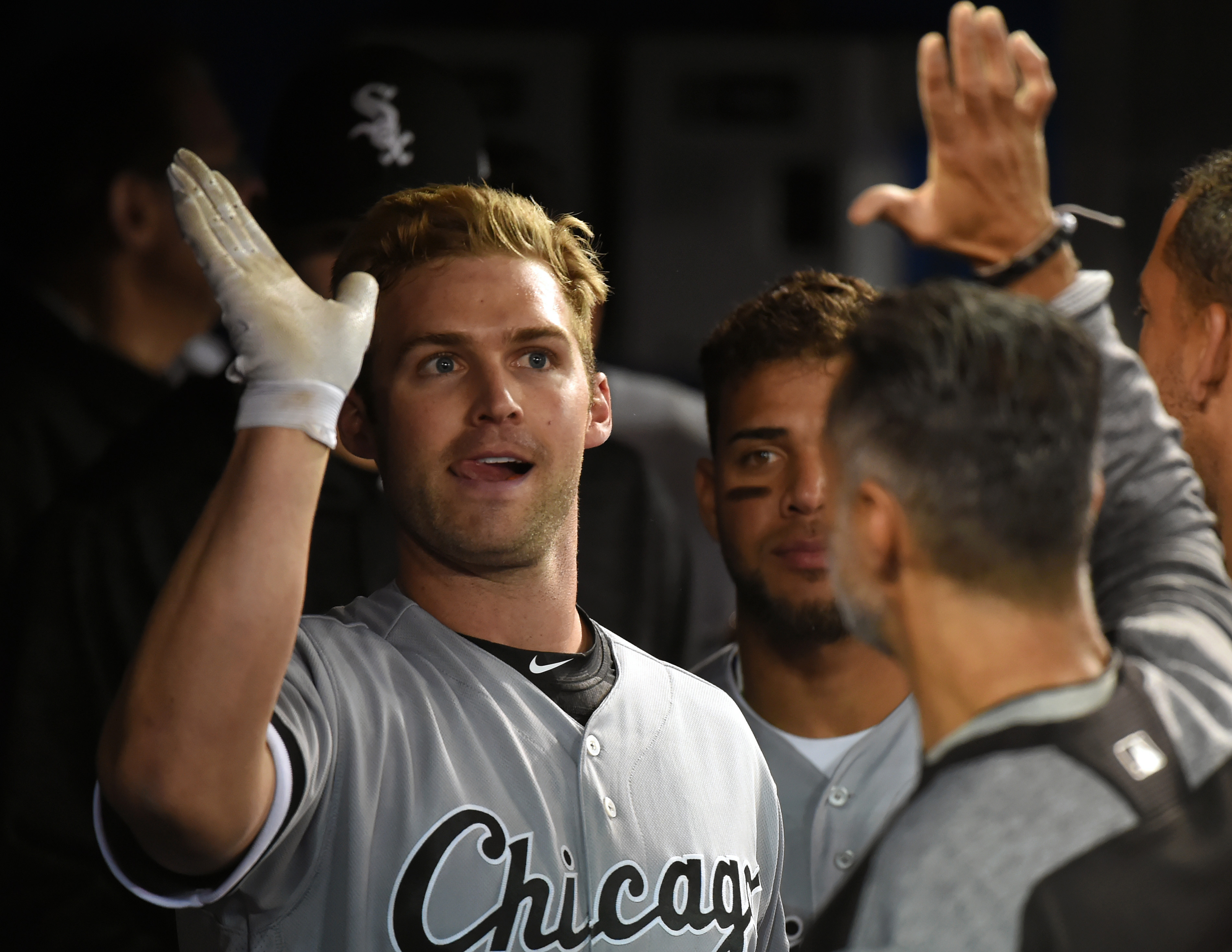Think back, if you can, to Opening Day, when Matt Davidson hit three home runs and set off all of the Statcast Twitter accounts because of just how hard he hit them. Understandably, though, one game isn’t enough to revise your opinion on someone. Mallex Smith had four hits on Monday and this article is not going to crown him the next Rod Carew either. After all, Davidson started last year on a tear as well, only to have his extreme lack of zone control and some minor injuries grind him down to a .220 average and .260 on-base percentage by season’s end. Surely, the safest thing to assume at this point is he will wind up looking like the major league production we’ve seen to date.
Regardless of what you think his ultimate career will look like, however, Davidson has a few things working in his favor. First, his power is legitimately insane, with a .232 ISO in his first full season last year in tandem with the visual evidence. He only had 91 hits last year and 26 of them were home runs. Second, although it shrinks further and further into the rear view mirror, Davidson had legitimate prospect shine, making multiple appearances on all three major public Top 100 prospect lists, including our own. Davidson still has the pretty, compact swing which helped explain why evaluators thought he’d hit in the majors. And he has certainly persevered through unexpected and protracted struggles in Triple-A as well as a season-ending injury in his White Sox debut in 2016. Subjectively, and you can look at the linked Q&A above, Davidson presents as thoughtful and hardworking, which also seems like a plus.
That said, plenty of lovely, hardworking, highly regarded prospects have busted anywhere from softly to spectacularly, and no matter how polite to me he was in an interview he still has to face major league pitching. He doesn’t have speed on his side, nor can his glove carry anything other than a bat whose contributions are unambiguous. And, for emphasis: he posted a 37.2 K rate against a 4.3 BB rate in 2017.
But, more than the massive home runs to start 2018, the plate discipline has thus far been palpably and considerably better. He has shaved 5.8 points off his K rate to a High But Not Ridiculously League Leading 31.4 and spiked his walk rate all the way up to 17.1 percent. These results are consistent with the visual evidence, as he has taken close pitches and worked 0-2 counts into walks, as well as his approach. He’s swinging at fewer pitches overall, at 36.2 percent rather than the 48.4 percent of last year, most of which comes from chasing outside of the zone less. In 2017, Davidson would swing at 33.4 percent of pitches out of the strike zone, and he has cut that to 19.6 percent this year.
We’ll see how and if pitchers adjust and how Davidson adjusts back, but I feel confident saying chasing fewer pitches out of the zone can help reduce strikeouts and increase walks. Davidson is currently at .250/.400/.714. The slugging is going to come down, and I don’t think he’s suddenly a right-handed Anthony Rizzo either, but if any of these gains are real, given his power, Davidson could very well hit something like .250/.330/.500. That won’t win MVP awards, but it is certainly a helpful major leaguer, even in the era of nine-man bullpens.
A few good games against the Royals and Tigers does not a new level of performance make. But there have been a lot of post-hype prospects figuring things out in their late 20s lately, and Davidson joining their ranks and becoming a solid corner bat would hardly be shocking at this point.
Photo credit: Dan Hamilton- USA Today Sports

1 comment on “Does Matt Davidson’s promising start mean anything?”
Comments are closed.